Tesco was one of the few FTSE 100 shares not to be impacted by the financial meltdown initiated by Donald Trump’s ‘Liberation Day’ last Wednesday. Others in the same club included Sainsbury’s, M&S, Imperial Brands, BAT and ABF – proof again that groceries are safe havens in a crisis.
So it’s bizarre to think – with trillions wiped off valuations elsewhere amid the escalating global trade war – that instead, it’s Asda’s puny price war (relatively speaking) that’s caused a run on the Tesco share price.
Shares are now down 17% despite Tesco posting a quite magnificent set of annual results this week, with operating profits up 11% to £3.13bn (at constant rates), the highest in well over a decade, while market share is the highest since 2016.
Risk aversion
But Tesco isn’t taking any risks. It’s set aside a war chest of up to £400m to ensure it remains competitive, with CEO Ken Murphy indicating in guidance to the market that profits may need to fall to between £2.7bn-£3.0bn in the next financial year. This cautious approach to increased “competitive intensity” resulted in a decline of almost 5% when the markets closed on the day of the announcement (Thursday). It feels like an overreaction as there’s so much more than price cuts in the diverse armoury of weapons Tesco is deploying.
Read more:
-
Tesco’s Ken Murphy unphased by ‘intensified’ supermarket competition
-
Deliveroo Express signs Tesco as first white-label delivery partner
-
Even a second cost of living crisis can’t help Asda now
-
Food waste app Remy links to Tesco online baskets to remove ‘biggest barrier to adoption’
It’s identified an extra £500m in savings to help fund the considerable additional costs from wages, NICs, business rates and EPR, plus input costs. With huge free cashflow generation (£1.75bn) it’s issued a further share buyback of £1.45bn (on top of the £2.8bn it’s handed out to shareholders since 2021) to provide further reassurance.
There’s also the genuine loyalty its Clubcard is achieving. There’s a fabulous range of products, further enhanced by 1,600 new or improved products, including 400 new Finest lines, where overall sales grew 15%.
Investing in B2B
And there are multiple new revenue streams including retail media but also its burgeoning Marketplace offer, already offering 400,000 third-party products; while its online Whoosh service has now been extended to almost 100 larger stores, offering customers rapid delivery on a whopping 15,000 products.
Shareholders aren’t listening, however. A more noisy Asda, with the support of private equity backer TDR, has spooked the market. Meanwhile, TDR is sure to be caught up in the wider maelstrom, not least with IPOs such as the one it’s planned for EG Group now looking highly unlikely.

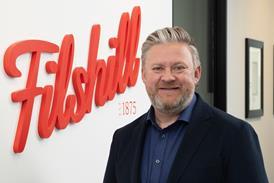

![XOXO-Product-Shot[ALL FLAVOUR]-Sky-1920x1080](https://dmrqkbkq8el9i.cloudfront.net/Pictures/274x183/4/9/2/355492_xoxoproductshotallflavoursky1920x1080_806584_crop.jpg)
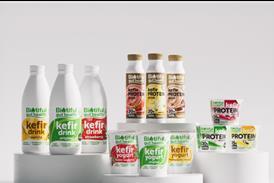


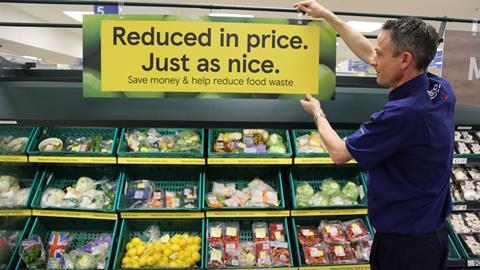
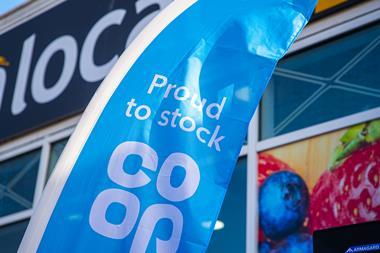

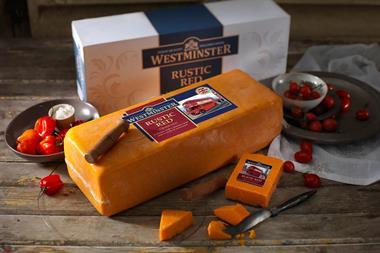

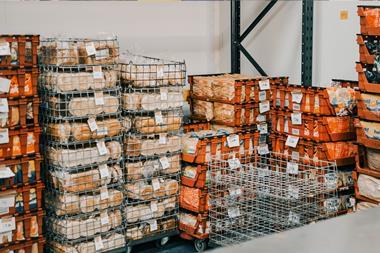
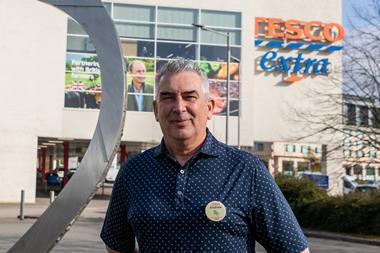


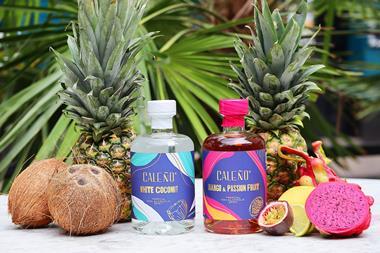

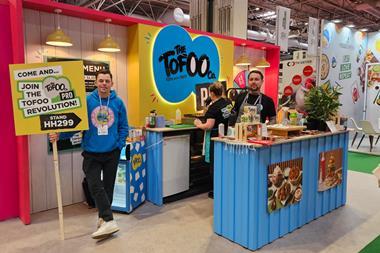

No comments yet